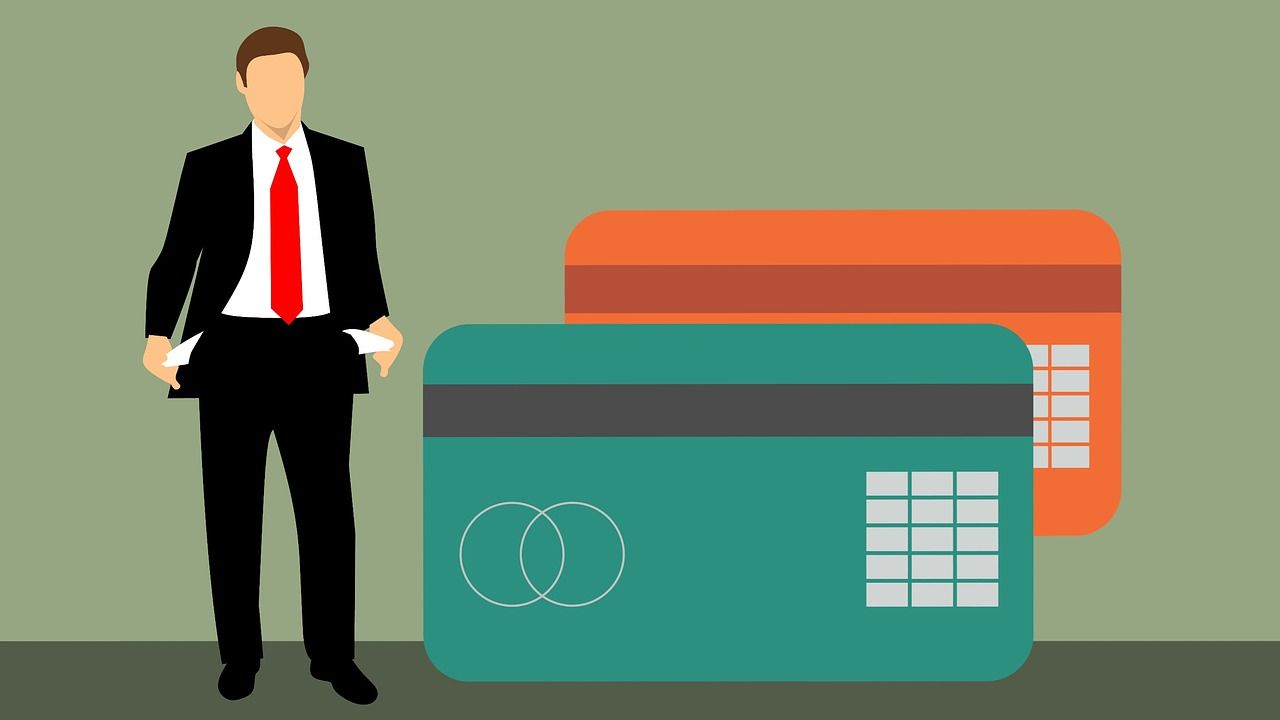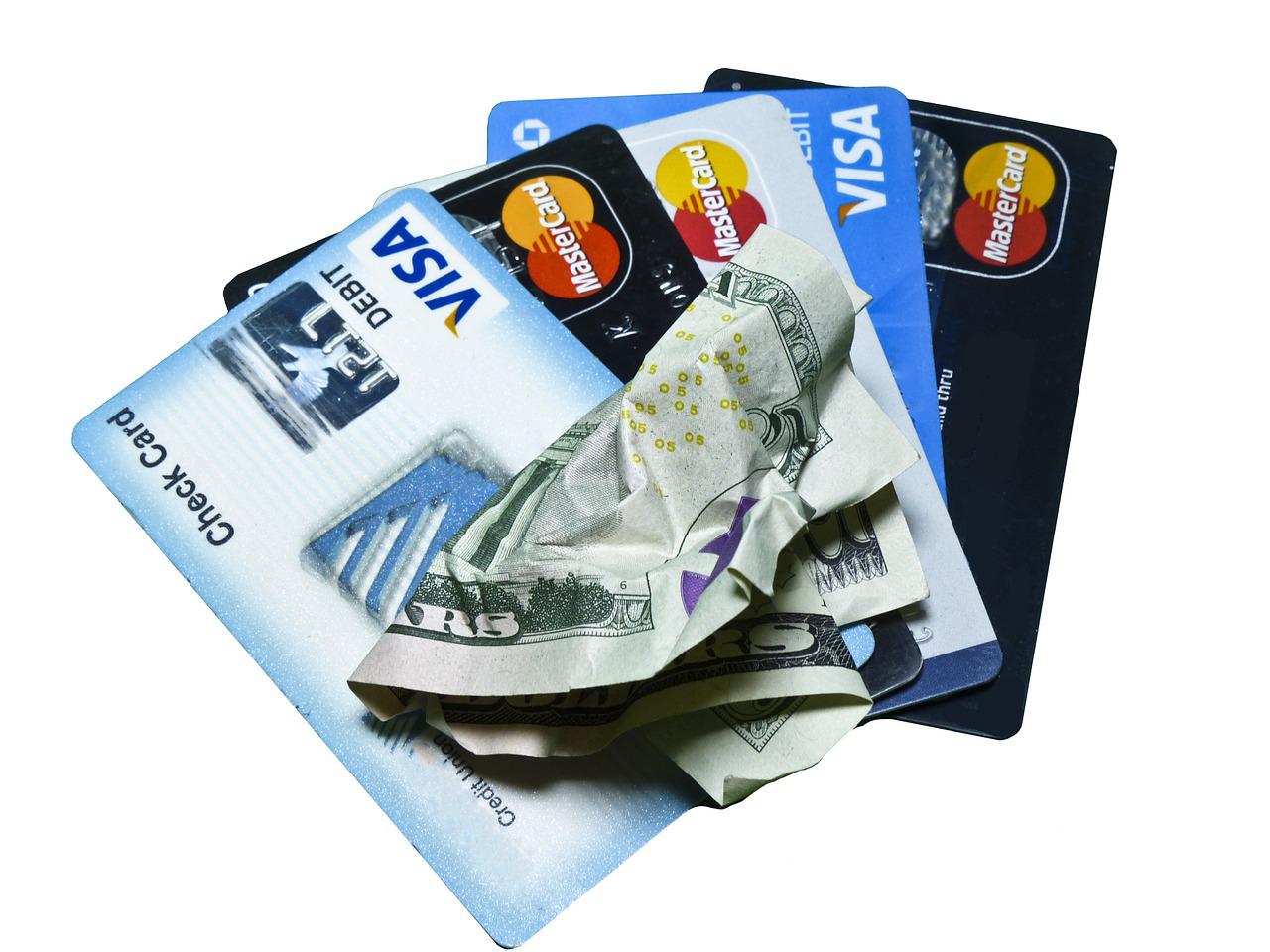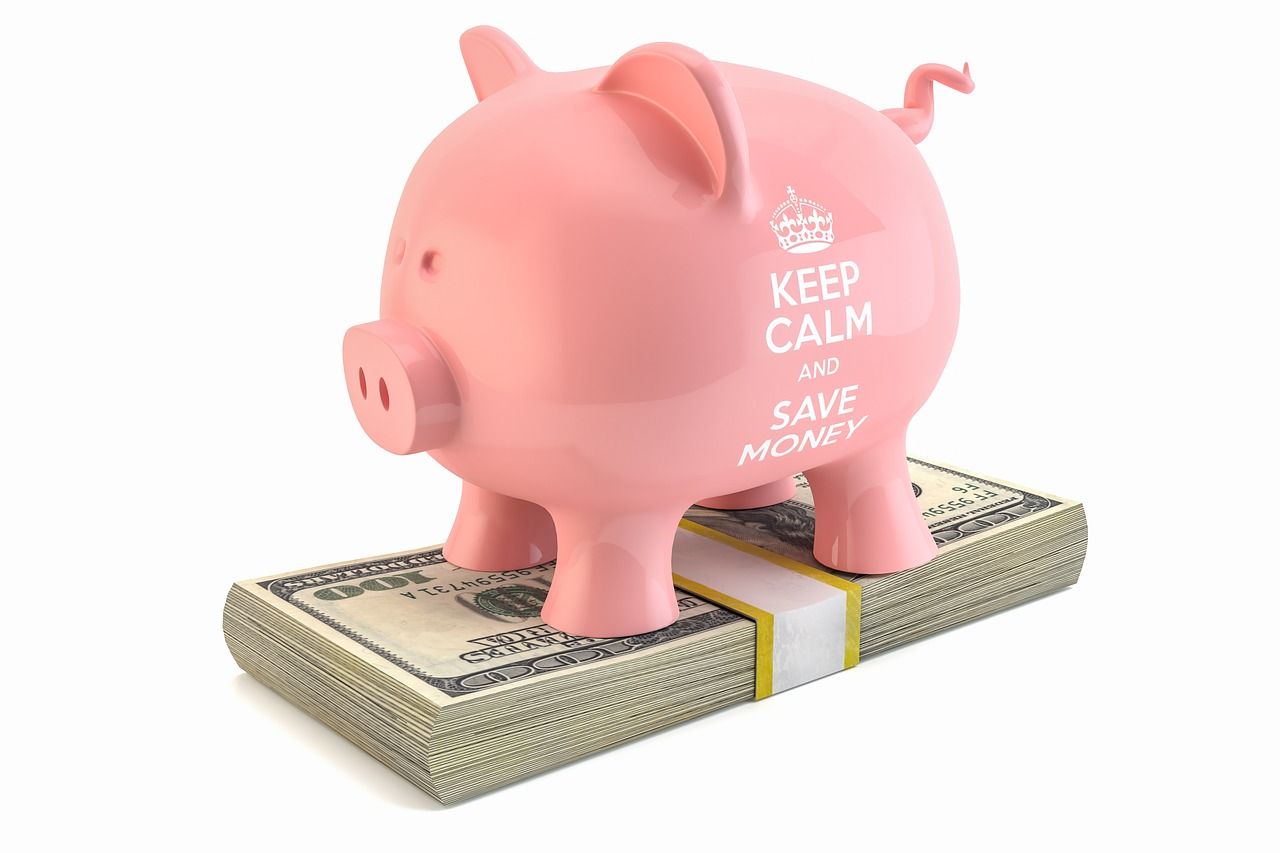How To Get Out of Debt

If you’d like to pay off a credit card, student loan, or other debt, you might be surprised to learn that paying off debt can be easier than you think – even if you’re not working with a large disposable income. Struggling to pay off a debt balance can feel overwhelming and even exhausting. But by taking small, consistent steps, you can be well on your way to paying down debt and gaining some financial security.
8 Tips for Getting Out of Debt
- Stop Using Credit Cards
- Track Your Spending
- Make a Budget
- Write Down Your Goals
- Make a Debt Snowball
- Earn More
- Renegotiate Credit Card Debt
- Consolidate Loans
Paying down multiple debts can be simple, but that doesn’t mean it’s easy. Once you know the steps you can take, you have to pair that knowledge with commitment, consistency, and discipline. With some simple approaches and clear direction, you can stay the course and pay off your existing debt faster than you think. While the steps aren’t always fun, they will bring a sense of satisfaction as you watch your existing debt balances dwindle and your finances grow.
American Household Debt
Having debt is common for most Americans. In fact, according to Experian’s Consumer Debt Study, the average American carry more than $90,000 in debt. This figure represents a combination of mortgages, credit card debt, auto loans, personal loans, and student loans.
When broken down by age bracket, the Gen X group, ages 40-55, carried the highest debt load, at more than $135,000, while the lowest debt load was carried by Gen Z, or those ages 18 to 23. Getting out of debt can make a huge difference in your life. Anxiety over how to pay bills and save for the future touches more than 50% of Americans, according to a study by Capital One.
There are many simple, impactful steps you can take to get out of debt faster and avoid debt stress. We’ve outlined some of the most effective below.
1. Stop Using Credit Cards

Many financial experts agree that one of the most important first steps in getting out of existing debt is to stop borrowing money. That means stop charging things on credit cards that you can’t afford to pay for.
The first step in many credit counseling plans is to cut up all credit cards and pay for everything you need with cash only. This can go a long way toward fundamentally changing your attitude toward money and how to use it responsibly.
2. Track Your Spending
It’s fairly common to find yourself in substantial debt if you aren’t paying attention to where your money is going. You can remedy this by making a careful list of all your transactions for each month. Go through all your credit card balance statements, bank statements, and loan statements to track how you’re using your money.
Monitor all your expenses, like rent or your mortgage, utilities, groceries, etc., along with your discretionary spending. A budget spreadsheet works great, or you can keep a running list in a notebook or Word document. You don’t necessarily have to buy the best personal finance software available. Finding a method that works for you is the best option. At the end of your monthly tracking, you’ll have a much clearer picture of where you spend your money. This can help you decide where to cut your spending.
3. Make a Budget
The next step is to take your expense tracker and use it to make a budget that you feel you can stick to. Since you know where you’re already spending money, you’re a step ahead on planning out budgets for your essential monthly expenses. Decide where you are spending money that you’d rather save or put toward debt reduction.
Be careful with this step – the tendency is to make a personal budget that is rigid and strict, but you’re much less likely to stick to a difficult budget. Make sure to account for some discretionary spending and some fun – you are much more likely to be successful with this kind of plan. Making a budget can help you better define the areas where cuts won’t hurt, along with the areas where you’re not willing or able to spend less money.
If you have a partner or live with family, it’s important to involve them in the budget-making process. This helps on a couple of fronts – first, you’re more likely to be successful when you have help, and if everyone in your household pitches in. And second, you know you’re not alone. You can all hold each other accountable for sticking to your budget and making progress toward your financial goals.
Here’s another pro tip: Once you’ve made your budget, try to automate as many payments as possible. This way, the funds are already earmarked. They get paid automatically, so you don’t take a chance on falling behind in any debt payment areas. If you have any money left over, you can always make an extra payment on the debt you’re currently working to pay off.
4. Write Down Your Goals
Studies show that we are almost 50% more likely to reach a goal if we simply write it down. As you make your budget, plan out the financial goals you’d like to meet and write them down so they become concrete. The act of putting your financial goals in writing can help make you more accountable. You are also less likely to let yourself down if you check your debt repayment goals on a regular basis. This is a good time also to verify your credit score and to make appropriate goals around what you need to improve your score. Remember that you can request one free copy of your credit report each year.
5. Make a Debt Snowball
The debt snowball method often is recommended as an effective debt reduction strategy. First, look at all your existing debt and identify the credit card or loan with the lowest balance. Put every extra penny you can toward paying off that balance and pay the minimum monthly payment on all other debt.
Once that debt is paid off, take the amount you’ve been paying toward it every month, add it to the minimum monthly debt payment for the next-smallest balance and keep paying that amount until the debt is cleared. Keep doing this every time you pay off an account. Just like a snowball, the amount you’re able to allocate to paying off debt increases every time you pay off another account.
Many financial experts are fans of the debt snowball method because it can help you focus on small, attainable goals that keep you on track. By starting with your smallest debt, you get a quick win, which comes with that euphoric feeling of success. This can help you be motivated to pay off the next smallest balance, and so on. The debt snowball method is a technique that has worked for many people to get them out of debt. It’s the opposite of the debt avalanche method, which calls for starting with the account that has the highest interest rate, tackling it first, and working your way down from there.
6. Earn More
There are two ways to free up funds for debt repayment – spend less and earn more. Maybe now is a good time to negotiate for a raise at work, which you can put toward debt service. If that’s not an option, many people are successful at starting a side hustle or taking a temporary part-time job. Think carefully about any skills or resources you have that are in demand – writing, graphic design, a spare room in your home, dog walking, you name it.
If you can pick up some extra work and put the surplus money toward debt repayment, you will be free and clear that much faster. Combine extra earnings with a snowball approach and you’ll be able to make a heavy dent in your existing debt pretty quickly.
7. Renegotiate Credit Card Debt

Many consumers are unaware that you have the option to negotiate with credit card companies to pay a lump sum as a debt settlement rather than continued costly monthly payments. Many times, this lump debt settlement sum is much lower than the entirety of what you owe. You also can ask for a lowered interest rate. Most credit card companies will want to keep your business, so you may be surprised at how eager they are to negotiate with you on a debt management plan. It’s worth a phone call to talk about your options. If you don’t feel comfortable negotiating a debt settlement on your own behalf, you may be able to work with a third-party credit counselor who can help you.
8. Consolidate Loans
If you’re carrying debt on credit cards that charge high interest rates, it may be in your best interests to consolidate your debt with a personal debt consolidation loan. Personal loans typically feature much lower interest rates.
Many times, you can take out a debt consolidation loan that allows you to pay off a few different credit card balances. At that point, you will just have the one monthly payment, which may not be much more than your combined minimum credit card payments. But with a lower interest rate, your monthly payment can get you out of debt faster while paying less interest.
Is It Better To Save or Pay Off Debt?

The reality is that saving and paying off existing debt is important, so it’s best to have a balance. Many experts may tell you to save a certain amount – say $1,000 – to put aside for emergencies before starting a snowball approach.
It is possible to save and pay off existing debt at the same time. Most financial experts will agree that you should certainly prioritize paying off your debt – especially the debt with the highest interest rate or highest balance. If you’re able to pay the minimum monthly payment on all debt accounts, think about designating a small amount of savings each month. You can gradually increase the amount as your debt decreases. Even a small amount of money can add up over time, and it’s smart to always make saving a portion of your earnings a part of your personal finance habits.
While getting out of debt isn’t easy, the experience doesn’t have to make you miserable. With some careful planning, smart strategies, and a strong focus on your financial goals, you can do it. Try out some of the approaches mentioned here, and we predict you’ll be well on your way to being debt-free.